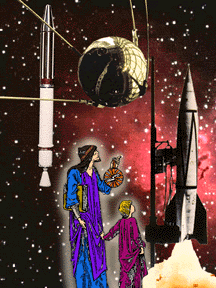Click on image for full size
An Overview of Space Exploration
For as long as there have been people on Earth, we have looked up at the sky and wondered about the Sun, Moon, stars, and occasional dramatic events we saw there. But it is only in the past 40 years that we developed the technical ability to leave our planet and actually visit other bodies in the universe.
After World War II, both the United States and the Soviet Union created programs to impove the design of rockets which would make space travel possible. What then followed was a race to travel into space with unmanned probes and manned spacecraft.
During the last four decades, hundreds of satellites, probes and space shuttles have been launched, which have explored near-Earth space, travelled to the Moon, the Sun, and to all the planets except Pluto. And, with permanent space stations already in orbit around Earth and telescopes exploring more and more of our universe, space research is still continuing. Talk of future developments includes building a colony on Mars, searching for life in other galaxies, and other exciting programs.
You might also be interested in:

What types of instructional experiences help K-8 students learn science with understanding? What do science educators teachers, teacher leaders, science specialists, professional development staff, curriculum designers, school administrators need to know to create and support such experiences?
...more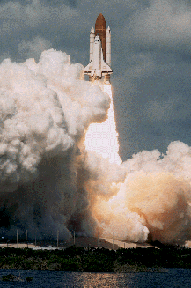
The average person can jump about 2 feet off the ground, and few of us can throw a baseball higher than even fifty feet in the air. It seems as if there is some force that "pulls" everything on the Earth
...more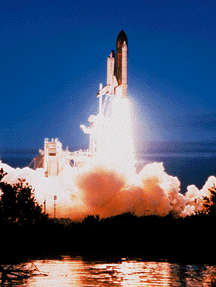
Rockets create thrust by burning fuel within a confined space and expelling the exhaust gases through a small opening, pushing the rocket in the other direction. They are able to generate the high speeds
...more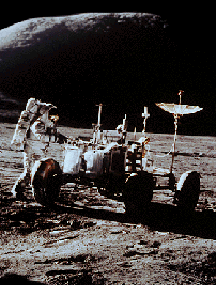
It was not long after the first space satellites were launched that we succeeded in getting a human being into space. These first astronauts and cosmonauts (the Russian word for astronaut) were test pilots
...more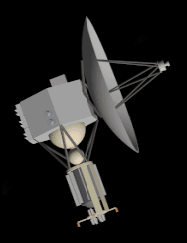
A satellite is any object that orbits around another, larger body, such as the Moon, which is a natural satellite of Earth. Over the past half century, we have figured out how to make new Earth satellites.
...more


